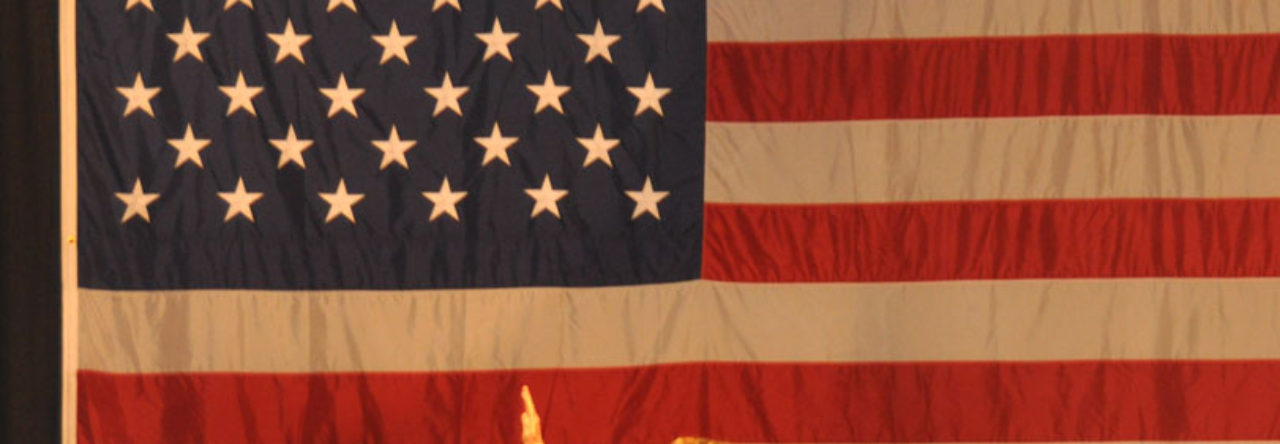We were desperate for a movie to see at the theater on a weekend. The ones offered were grim.
Then, I noticed that the screenwriters (Scott Beck and Bryan Woods) behind “A Quiet Place” had collaborated with a third writer (Mark Heyman) and taken an old Stephen King short story (from his “Night Shift” collection) and amplified it into a PG horror film. The second thing it had going for it was its lead, Chris Messina, whom I enjoyed in “Damages” (and “Argo” and “Air”). It was directed by Rob Savage who has been making films since he was eighteen that won him a “Star of Tomorrow” award.
Off we went to enjoy a truly good ensemble cast, which included Sophie Thatcher as Messina’s teenaged daughter Sadie Harper and Vivien Lyra Blair as her younger sister, Sawyer. Marin Ireland as Rita Billings has a nice cameo-length appearance as the deranged wife of Lester Billings (from the short story). Lester was portrayed by David Dastmalchian, who wanders into therapist Will Harper’s home office, tells him a harrowing story about his children dying one after another, and then, without enough of a preamble for the act, offs himself in a nearby closet.
Not since Jeffrey Epstein have we had a suicide as poorly explained. In fact—although I’ve read that the very act of barging in and killing himself in their house dooms the Harper family to what happens thereafter—I admit I don’t remember it from the source material. This explanation is not emphasized enough to satisfy me as the why for all that occurs after Lester’s untimely demise.
THE GOOD
I’m glad I saw this film in a theater, because it’s so dark that when it streams, the dark images will be difficult to decipher. The cast is uniformly excellent. The production designer (Jeremy Woodward) and the cinematographer (Eli Born) have worked together to use negative space and darkness beautifully. Since one of the lines from the film is “It needs the dark to stay hidden,” the framing and continual use of darkness is extremely well-done.
Most of us, as small children, had a fear of the dark. All of us, at any age, have a fear of what goes bump in the night. I was particularly struck by the sounds that foster the mood. I grew up in a very old house that had a heating system along the baseboards that pumped heated water to warm the rooms upstairs. The baseboard heating system made all sorts of ungodly noises. Id you were home alone, it was only a short putt from the strange gurgling noises to paranoia and incipient terror. So, well done, sound people!
I was impressed by the ominous music in the therapist scenes and elsewhere. Sometimes, the background noises are of a beating heart gradually slowing. Music is by Patrick Jonsson. Yes, the movie is more dependent on sounds and jump scares than on gory images, at least until the finale “Alien-like” scenes, but that was just fine with me. The “thing” that lurked in the closet and under the bed was well done when it finally is seen up close, but I’m partial to the build up of suspense by subtler means.
THE BAD
I had never seen a giant white ball that lights up in the possession of a child or an adult. It was an interesting prop for the “fear of the dark” theme, but, still, it seemed very unusual. While I loved the scene where the younger daughter uses the white ball to try to see the boogeyman, it was not a universal toy.
The grief that the family is experiencing, because of the death of the girls’ mother in a car accident only months prior, makes for a troubled backdrop for the teenager Sadie, in particular. Her friends at school, with the exception of one closer friend, seem like the cast of “Mean Girls.” When the wound of a lost parent is so fresh for the troubled teenager I found the extreme nastiness of 90% of her friends to be questionable, but, then, this is the age of Facebook shaming, so color me Old School. (Shame on them, by the way!)
I wondered, when Sophie goes to Lester Billings’ house, if you could really walk right in, as she does. The candles in the hallway, while a nicely spooky touch, seemed completely unsafe, but the scenes featuring Lester’s widow (Marin Ireland) were top-notch, as she attempts to lure the Shadow Monster from the dark using Sophie as unwilling bait. The dialogue made me smile, as when Sawyer, the younger child, says, “Just trying not to die.”
The old Polaroid camera in the closet, while a nice touch, was an anachronism. Who still sells or uses Polaroid cameras, and what, exactly, was the camera going to do to help Mrs. Billingsley? Sony got a nice product placement with a Sony Infolithium System. Use of the old Irish song “Tura Lura Lura” never seemed to be tied into the plot well, just as Lester Billingsley’s sudden suicide seemed precipitous and poorly explained. I blame this on my memory of the short story, which I read many years ago (and have not revisited.)
Lines that I liked (“The thing that comes for your kids when you’re not paying attention,” and “”Sometimes it’s better to have something to blame than to accept things that happen”) were offset by the ubiquitous “You got this.” (That’s probably just me; I’m really sick of that catch phrase.)
Overall, while I agree that no new horror ground was broken by the film, the normal scary territory was well served. We enjoyed the film, especially glad that we had actually been able to see it because of the big screen. We’ve been watching “The Invasion” on Apple + and it’s so dark in the monster sequences that, frequently, we don’t know exactly what we’re watching.


